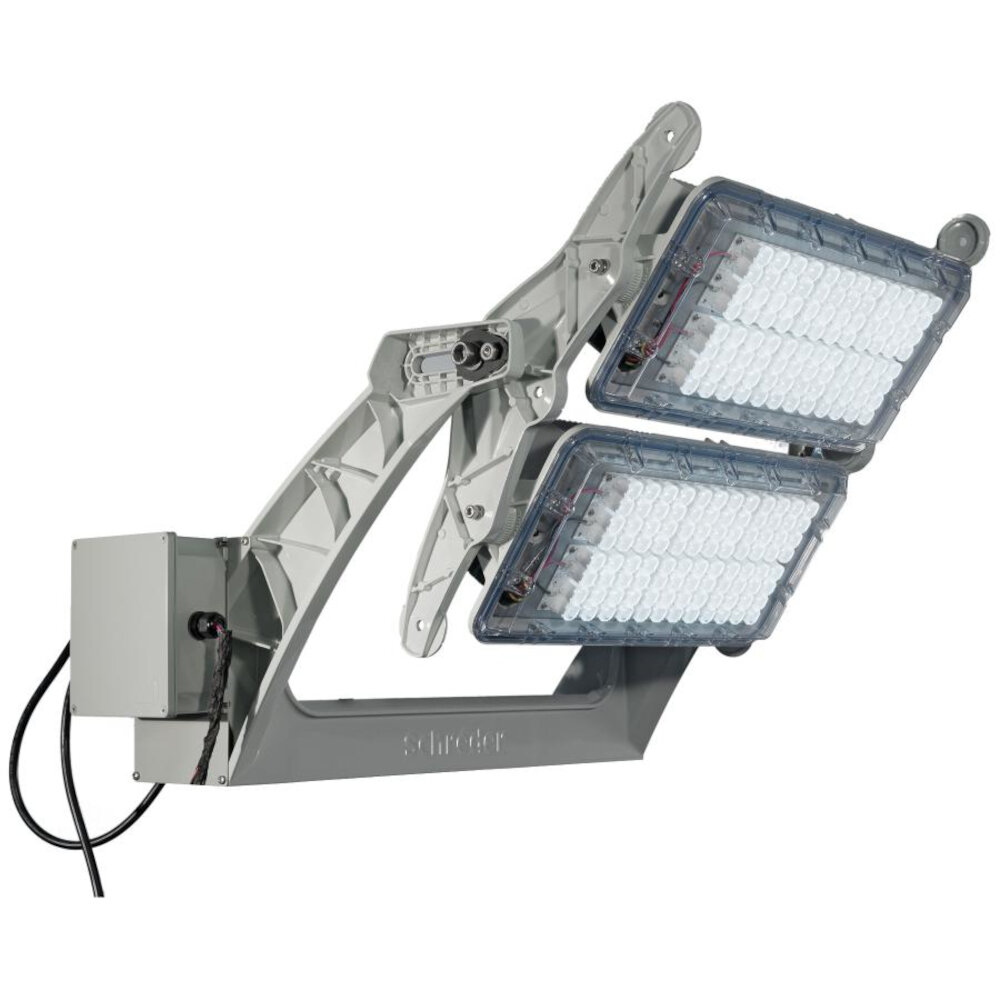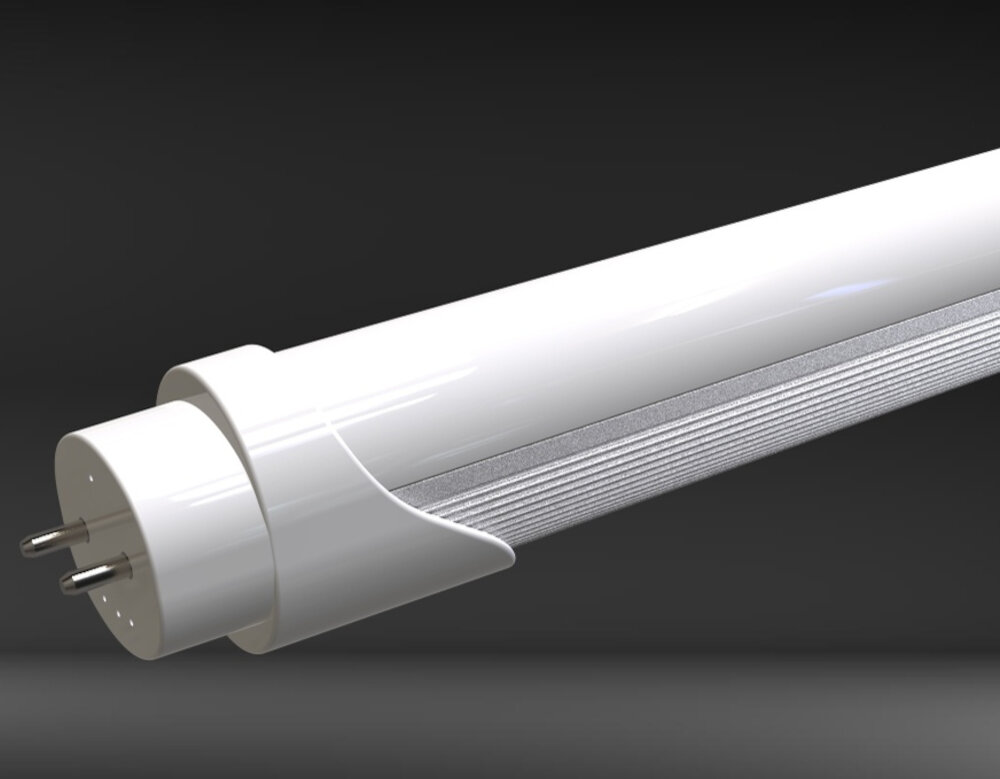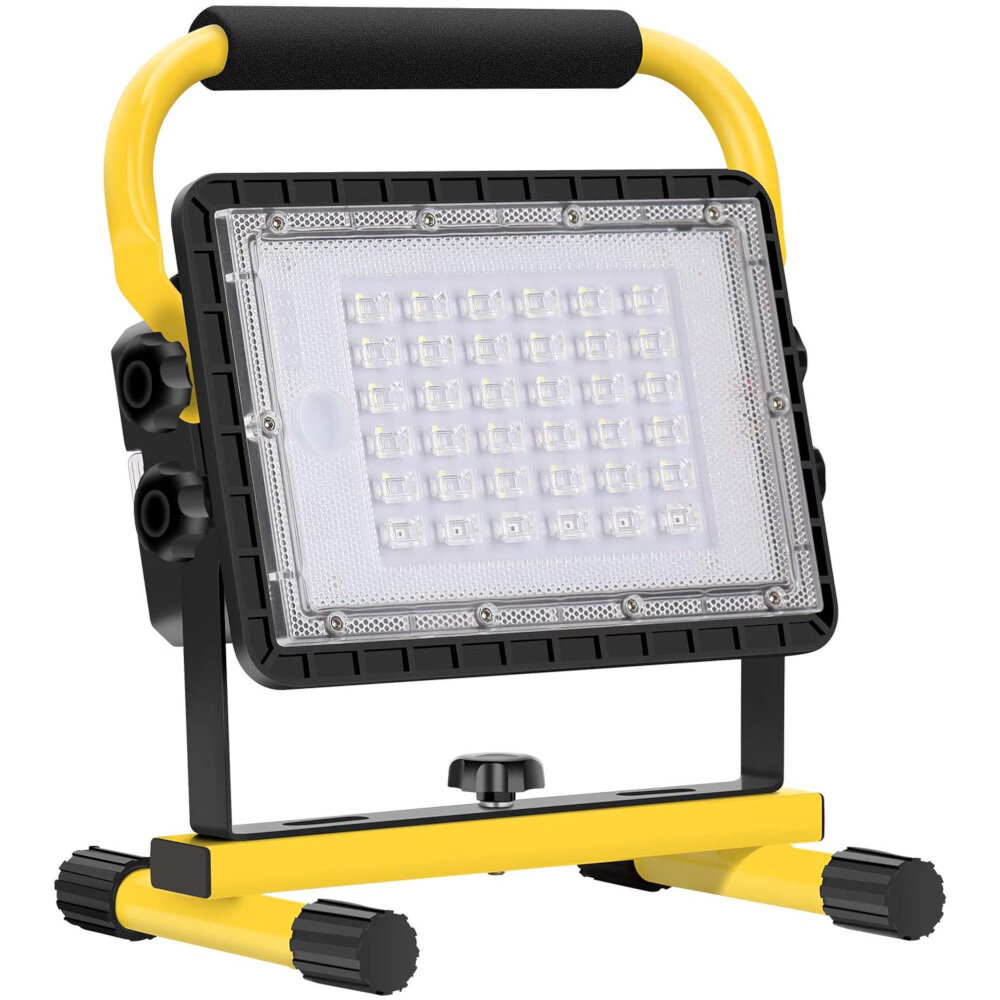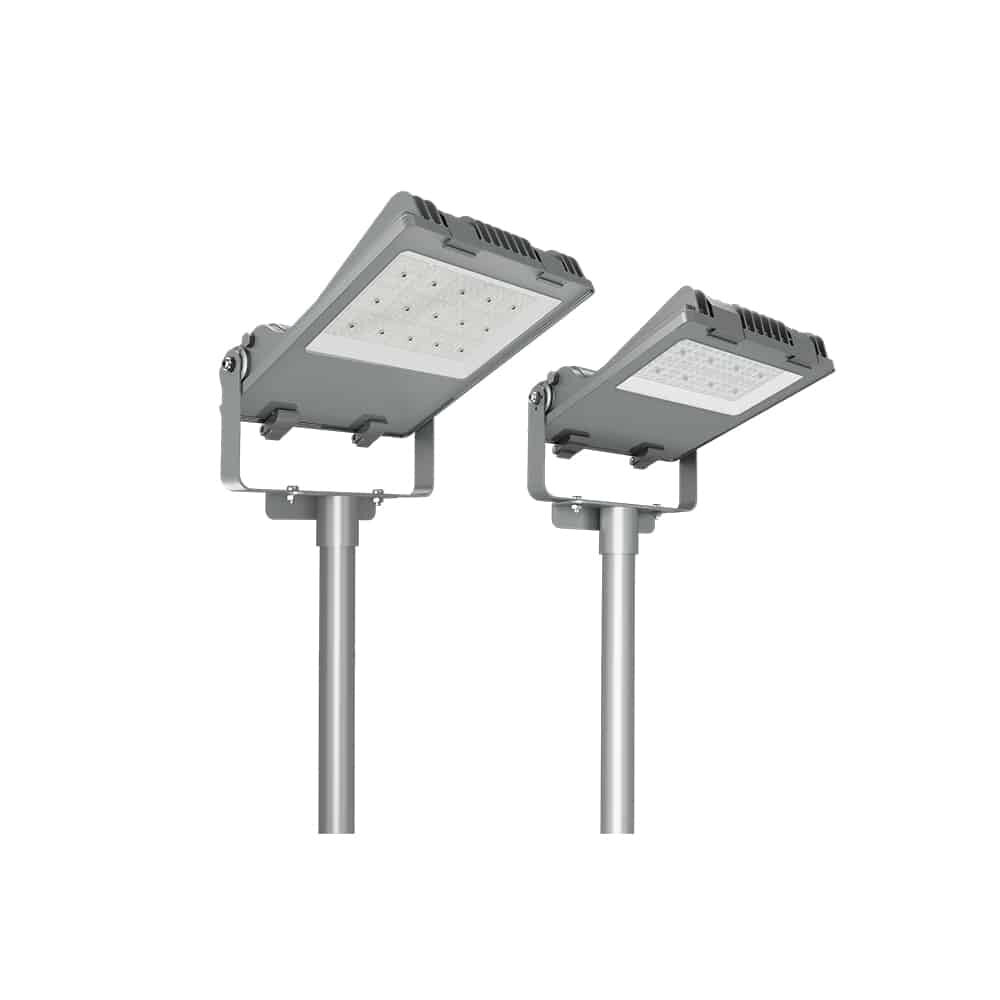Why LED Lights Flicker: Common Causes and Solutions

LED lights are a popular and energy-efficient lighting option that have become increasingly prevalent in homes and businesses around the world. However, one issue that many people have experienced with LED lights is flickering. Flickering LED lights can be annoying, distracting, and can even cause headaches or eye strain in some people. If you’ve ever wondered why your LED lights are flickering or how to fix the problem, then this article is for you. In this article, we will explore the common causes of LED light flicker and provide solutions to help you address the issue. We will discuss factors such as voltage fluctuations, incompatible dimmer switches, and poor quality LED bulbs, among others. Additionally, we will provide tips on how to choose the right LED bulbs for your needs and how to ensure that your lighting system is properly installed and maintained. By the end of this article, you will have a better understanding of why LED lights flicker and how you can prevent or fix the issue.
Light Emitting Diode (LED) lights are a relatively new technology compared to incandescent and fluorescent lighting. They were first introduced in the 1960s, but it wasn’t until the 1990s that they became widely available for use in homes and businesses. LED lights are known for their energy efficiency and long lifespan, making them a popular choice for lighting applications. Unlike incandescent bulbs, which produce light by heating a filament, LED lights work by passing an electrical current through a semiconductor material, which then emits light. LED lights have many advantages over traditional lighting methods, including lower energy consumption, longer lifespan, and the ability to emit a range of different colors. However, they can also be prone to flickering, which can be frustrating and potentially harmful to those with certain medical conditions.
LED lights flickering is a common issue that can be caused by various factors such as voltage fluctuations, incompatible dimmer switches, and poor quality LED bulbs. One of the most common causes of LED flickering is voltage fluctuations, which can occur due to the use of multiple appliances and devices in the same electrical circuit. When the voltage drops below the LED bulb’s operating voltage, it can cause the bulb to flicker. Similarly, using incompatible dimmer switches or using the wrong type of bulb can also cause flickering. Poor quality LED bulbs can also be a factor, as they may have design flaws or be of inferior quality, leading to flickering. To avoid LED flickering, it is essential to purchase high-quality LED bulbs and ensure that they are compatible with your dimmer switches and electrical system.
Understanding the causes and solutions of LED lights flickering is crucial for multiple reasons. Firstly, it helps to prevent any potential safety hazards that may arise due to a flickering light. Additionally, it can save you money by avoiding unnecessary replacements or repairs. Moreover, understanding the causes can help you make informed decisions when purchasing LED lights, ensuring that you choose a high-quality product that meets your needs. Lastly, identifying the solutions can help you troubleshoot the issue and fix it without the need for professional help, giving you greater control over the functionality of your lighting setup. Therefore, comprehending the causes and solutions of LED lights flickering is essential in ensuring optimal performance and safety.
Voltage Fluctuations

Voltage fluctuations are one of the most common reasons for LED lights flickering. Voltage refers to the electrical force that drives the flow of electric current in a circuit. Electrical voltage in a residential or commercial building is regulated by the local power grid. However, voltage fluctuations can occur due to a variety of reasons, including lightning strikes, power outages, or power surges. These fluctuations can cause LED lights to flicker or dim, leading to an unpleasant and distracting lighting experience. Voltage fluctuations can also occur due to faulty wiring or electrical installations. If the electrical installation is not designed to handle the voltage requirements of the LED lights, voltage fluctuations can occur, leading to flickering or dimming. In addition, if the wiring is not properly grounded, it can cause voltage spikes and surges, leading to flickering or damage to the LED lights. Proper electrical installation and wiring are essential for preventing voltage fluctuations and ensuring that LED lights operate at their full potential. In conclusion, voltage fluctuations are a common cause of LED lights flickering, and they can be caused by a variety of factors. Proper electrical installation and wiring, as well as regular maintenance, can help prevent voltage fluctuations and ensure that LED lights operate efficiently and effectively.
Voltage fluctuations refer to the changes in the amount of electrical energy supplied to a device or system. These changes can be caused by a variety of factors, including fluctuations in the power grid, faulty wiring or electrical components, and variations in the electrical load on the circuit. LED lights are particularly sensitive to voltage fluctuations, which can cause them to flicker or even fail prematurely. To prevent these issues, it is important to ensure that the electrical system is properly installed and maintained, and that any sources of voltage fluctuations are identified and addressed promptly. This may involve upgrading electrical components, installing voltage stabilizers or surge protectors, or adjusting the load on the circuit to ensure that it is within safe and stable levels.
Voltage fluctuations are one of the most common causes of LED flickering. These fluctuations can be caused by a variety of factors, including changes in voltage supplied by the electrical grid, electrical interference from nearby devices, and fluctuations in the power supply itself. When the voltage supplied to an LED bulb fluctuates, it can cause the bulb to flicker or even turn off completely. This happens because LEDs are highly sensitive to changes in voltage, and require a stable and consistent voltage supply to operate properly. To prevent LED flickering caused by voltage fluctuations, it’s important to ensure that the power supply is stable and that the electrical grid is free from interference.
Voltage fluctuations can be a nuisance when it comes to LED lights, causing them to flicker and become a distraction. There are several solutions to this problem, however. One solution is to use voltage stabilizers, which can regulate the voltage and prevent fluctuations. Another solution is to use LED drivers with dimming capabilities, which can adjust the amount of power being supplied to the lights and prevent flickering. Additionally, it is important to ensure that the wiring and connections are properly installed and grounded to prevent any electrical interference. By implementing these solutions, LED lights can function properly and provide a steady source of light without any flickering or interruptions.
Incompatible Dimmer Switches

Incompatible dimmer switches are a major cause of LED light flickering. This is because LED lights require a specific type of dimmer switch that is compatible with their electronic components. Traditional dimmer switches are designed for incandescent bulbs, which work differently than LED lights. When an incompatible dimmer switch is used with LED lights, it can cause the lights to flicker or not work properly. This is because the dimmer switch is not able to correctly regulate the voltage that the LED lights need to function properly. It is important to make sure that the dimmer switch you are using is specifically designed for LED lights in order to prevent flickering and other issues. Incompatible dimmer switches can also affect the lifespan of your LED lights. When a dimmer switch is not compatible with LED lights, it can cause excessive heat and voltage fluctuations that can damage the LED components. This can result in a shorter lifespan for your LED lights and can also increase the risk of fire. It is important to choose a dimmer switch that is compatible with your LED lights in order to ensure that they function properly and last as long as possible. If you are unsure about which dimmer switch to use with your LED lights, consult with a professional electrician who can help you select the right switch for your needs.
Dimmer switches are devices used to adjust the brightness of a light source, such as LED lights. They work by altering the amount of electrical power flowing to the light, which in turn affects the amount of light emitted. Dimmer switches typically use a process called pulse width modulation (PWM) to achieve this. PWM works by rapidly turning the power on and off to the light source at a frequency that is too fast for the human eye to detect. By adjusting the amount of time that the power is on versus off, the dimmer switch can control the brightness of the light. However, not all LED lights are compatible with dimmer switches, and using the wrong type of switch can cause flickering, buzzing, or even damage to the LED bulbs.
LED lights have gained popularity in recent years due to their energy efficiency, cost-effectiveness, and long lifespan. However, one issue that has arisen is the incompatibility between LED lights and certain dimmer switches. This is because traditional dimmer switches are designed to regulate the amount of electricity flowing to incandescent bulbs, which operate differently than LED lights. As a result, when LED lights are used with these dimmer switches, they can flicker, buzz, or not work at all. This can be frustrating for homeowners who want to save energy and money by using LED lights with dimmer switches, but are unable to due to this incompatibility. Fortunately, there are dimmer switches specifically designed for use with LED lights that can solve this problem.
Incompatible dimmer switches can cause flickering LED lights, which can be frustrating for homeowners. However, there are several solutions to this problem. One solution is to replace the old dimmer switch with a new LED-compatible one. This will ensure that the LED lights work properly and do not flicker. Another solution is to install a bypass device, which is a small device that allows the LED lights to function properly with the old dimmer switch. Additionally, selecting LED bulbs that are compatible with the old dimmer switch can also prevent flickering. It is important to note that not all LED bulbs are compatible with all dimmer switches, so it is important to check the compatibility before purchasing.
Overheating LED Lights

Overheating LED lights are a common problem that can cause flickering or even complete failure of the bulbs. LED lights produce less heat than traditional incandescent bulbs, but they still generate some heat, which can build up if the bulbs are not properly ventilated. Overheating can also occur if the LED lights are used in enclosed fixtures, such as recessed lighting or track lighting, where the heat has nowhere to escape. This can cause the bulbs to degrade faster and have a shorter lifespan than expected. To avoid overheating, it is important to choose LED lights that are rated for the specific fixture and to ensure that the fixture is properly ventilated. One solution to overheating LED lights is to install a heat sink. A heat sink is a device that dissipates heat from an object and redirects it to the surrounding environment. A heat sink can be attached to the LED light to help dissipate the heat and keep the bulb from overheating. Another solution is to use LED lights that are designed to be used in enclosed fixtures. These bulbs are typically rated for higher temperatures and have better ventilation, which can help prevent overheating. It is also important to keep the fixture clean and free of dust and debris, which can block ventilation and cause the bulbs to overheat. By taking these steps, you can help ensure that your LED lights remain cool and functioning properly for years to come.
LED lights are known for their energy efficiency and long lifespan, but they can also overheat if not properly designed or installed. Overheating can cause flickering, dimming, or even complete failure of the LED light. This occurs when the heat generated by the LED exceeds the capacity of its heat sink or the surrounding environment. Factors that contribute to overheating include the quality of the LED chip, the driver circuitry, and the installation location. To prevent overheating, it is important to choose high-quality LEDs, use proper heat sinks, and ensure adequate ventilation and cooling. By taking these precautions, you can enjoy the benefits of LED lighting without the risk of overheating and flickering.
Overheating is one of the most common causes of LED flickering. When an LED light is exposed to high temperatures, the heat can cause the components inside the light to expand and contract. This can lead to a change in the electrical resistance of the components, which can affect the flow of current through the LED. In turn, this can cause the LED to flicker or even fail altogether. Additionally, overheating can cause the LED driver to malfunction, which can also result in flickering. To prevent overheating, it is important to ensure that the LED light is installed in a location with adequate ventilation and that it is not being operated at a higher wattage than it is designed for.
Overheating of LED lights is one of the most common issues that can lead to flickering. To resolve this problem, it is necessary to identify the underlying cause first. One solution is to check the quality of the LED lights and ensure that they have adequate heat sinks. Upgrading to a higher quality LED bulb can also help to dissipate heat better. In addition, checking the voltage levels and the wiring connections can help prevent overheating. It is also important to ensure that the LED lights are not installed in enclosed spaces, as this can restrict airflow and cause the lights to overheat. Overall, taking proper precautions and ensuring proper installation can prevent overheating and flickering of LED lights.
Electrical Interference

Electrical interference is a common cause of LED lights flickering. This occurs when electronic devices within the same electrical system generate electrical noise or electromagnetic fields that disrupt the flow of electricity to the LED lights. This can be caused by a variety of devices, such as refrigerators, air conditioners, and even nearby power lines. Electrical interference can also be caused by faulty wiring, which can cause electrical noise to be introduced into the system. In some cases, it may be necessary to install filters or other devices to reduce the amount of electrical interference in the system. Another factor that can contribute to electrical interference is the use of non-dimmable LED lights with a dimmer switch. Dimmer switches are designed to work with incandescent bulbs, which use a different type of technology than LED lights. When non-dimmable LED lights are used with a dimmer switch, it can cause the lights to flicker or not work at all. In this case, it may be necessary to replace the dimmer switch with one that is designed to work with LED lights, or to use dimmable LED lights that are compatible with the existing dimmer switch. By addressing the issue of electrical interference, the flickering of LED lights can be reduced or eliminated, providing a more stable and consistent source of lighting.
Electrical interference occurs when electromagnetic signals from one device negatively affect the performance of another electronic device. In the case of LED lights, electrical interference can manifest as flickering or flashing lights, which can be frustrating and potentially harmful to those with photosensitive conditions. This interference can be caused by a variety of factors, including poor wiring, voltage fluctuations, or the presence of other electronic devices in close proximity. To combat electrical interference, it is important to identify the root cause and implement solutions such as installing voltage regulators or using shielded wiring.
Electrical interference is one of the major causes of LED flickering. This happens when the electrical current that powers the LED light fluctuates, leading to an uneven distribution of power to the bulb. This fluctuation can be caused by a number of factors, including voltage drops, electromagnetic interference (EMI), radio frequency interference (RFI), and poor wiring connections. When the LED light receives an uneven power supply, it can result in flickering, flashing or even a complete shut off. While electrical interference can be caused by external factors, it can also be caused by the LED light itself if it is of a poor quality or design. To prevent LED flickering caused by electrical interference, it is important to ensure that the electrical system is properly installed and maintained, and to use high-quality LED bulbs that are designed to withstand electrical interference.
Electrical interference is a common issue experienced by many people when using electronic devices. It can cause flickering lights, buzzing sounds, and even disrupt the signal transmission in communication systems. There are several solutions to electrical interference, including shielding the wires and grounding the equipment. Shielding can be done by enclosing the wires in a metallic or conductive material, which helps to prevent outside interference. Grounding involves connecting the equipment to a ground wire or rod, which helps to divert any electrical charge away from the device. Additionally, using high-quality cables and surge protectors can also help to reduce electrical interference and ensure that your electronic devices work properly.
LED lights may flicker due to various reasons. One of the most common causes of LED flickering is voltage fluctuations. If the voltage supplied to the LED is not stable, it may cause the LED to flicker. Another cause of LED flickering is the use of incompatible light dimmer switches. Some dimmer switches are not designed to work with LED lights, which can cause flickering. Additionally, LED flickering can be caused by poor quality LED bulbs or fixtures. Poor quality LEDs may not be able to handle the voltage fluctuations, which can cause flickering. Lastly, LED flickering can be caused by loose wiring or connections. If the wiring or connections are not secure, it can cause the current to fluctuate, leading to flickering.
Choosing the right LED lights and equipment is crucial to ensure optimal performance and longevity. LED lights are becoming increasingly popular due to their energy efficiency and longevity, but if not chosen correctly, they can be subject to flickering or premature failure. Factors such as wattage, color temperature, and dimming compatibility can greatly affect the performance of LED lights. Additionally, using compatible equipment such as drivers and dimmers can also prevent flickering and ensure a smooth and consistent lighting experience. Investing in high-quality LED lights and equipment may require a higher upfront cost, but it can save money in the long run by reducing maintenance and replacement costs. Ultimately, selecting the right LED lights and equipment is essential for achieving the desired lighting results and avoiding potential issues such as flickering.
In conclusion, LED flickering can be an annoyance, but there are solutions to mitigate the issue. Proper installation, quality power supplies, and compatible dimmer switches can all play a role in reducing flickering. Additionally, addressing any electrical issues within the home, such as loose wiring or overloaded circuits, can also alleviate the problem. It’s important to note that some flickering may be normal and unavoidable, especially when using certain dimmer switches or in situations where the LED lights are being used at their lowest setting. However, by taking steps to address the root causes of flickering, it’s possible to enjoy the many benefits of LED lighting without the annoyance of flicker.
Conclusion

In conclusion, LED lights flickering can be a frustrating and annoying problem that affects not only the aesthetics of your lighting but also the efficiency and longevity of your fixtures. However, with a basic understanding of the common causes of flickering and the available solutions, you can easily troubleshoot and resolve the issue. Some of the common causes of flickering include voltage fluctuations, incompatible dimmer switches, and poor quality LED bulbs. By using quality LED bulbs, ensuring proper wiring and installation, and using compatible dimmer switches, you can prevent or resolve flickering issues. It is important to note that if flickering persists, it may be a sign of a deeper electrical issue that requires the attention of a professional electrician. Finally, investing in high-quality LED bulbs and fixtures can save you money and reduce the likelihood of flickering in the future, providing you with reliable and consistent lighting for years to come.




